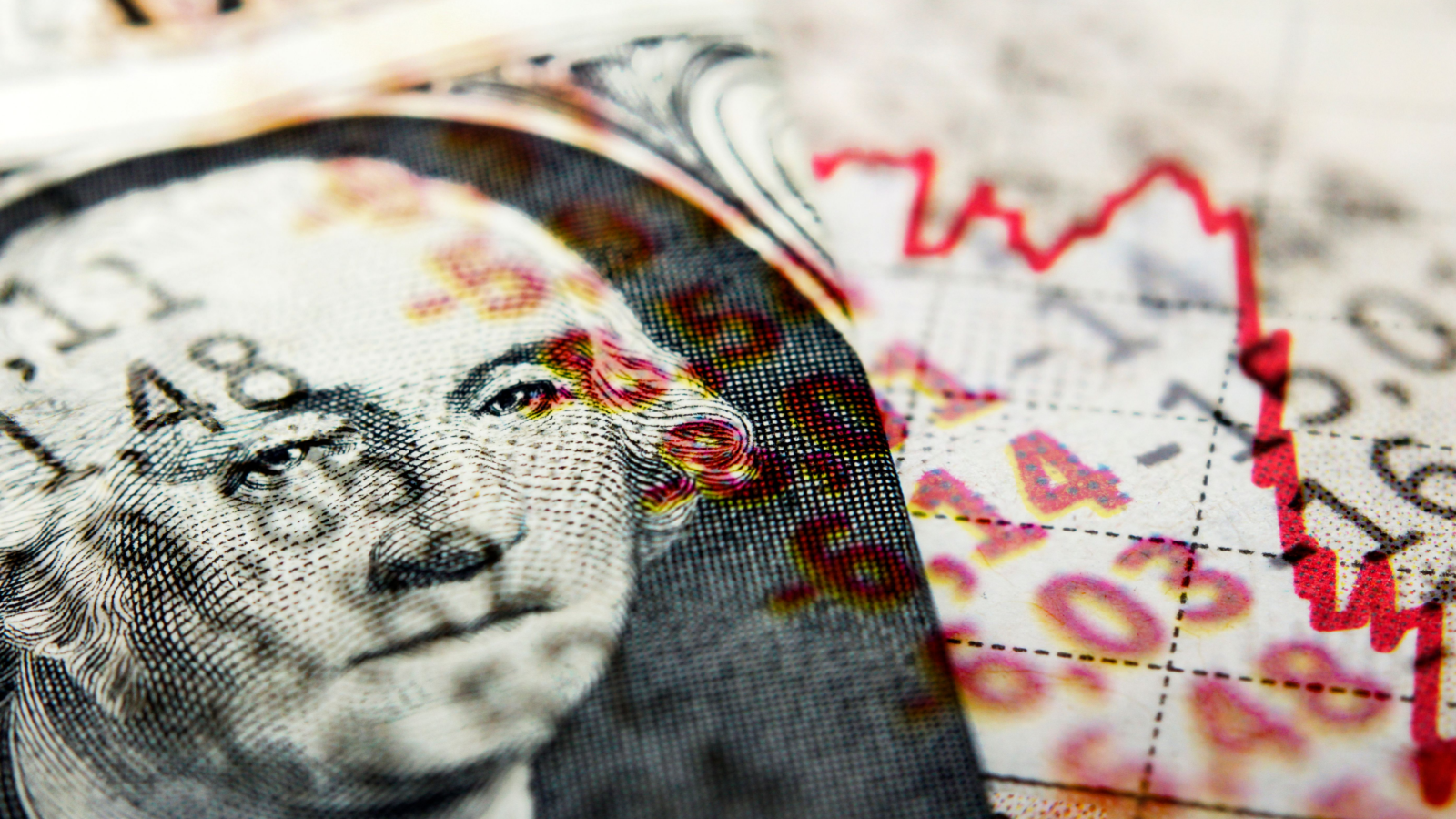Energy & Critical Metals
Stock Market Crash Alert: Credit Default Swaps From 2008 Are Back
Source: corlaffra / Shutterstock.com
Stock market crash fears are eating up Wall Street as credit default swaps (CDSs) rise to the highest level since…

 Source: corlaffra / Shutterstock.com
Source: corlaffra / Shutterstock.com
Stock market crash fears are eating up Wall Street as credit default swaps (CDSs) rise to the highest level since 2008. Indeed, it seems that concerns over the government debt are pushing traders away from domestic debt investments.
What’s going on with credit default swaps lately?
Well, according to S&P Global Market Intelligence, spreads on five-year credit default swaps are up to 51 basis points, more than double from January. Meanwhile, one-year government default swaps are trading at around 106 basis points, the most expensive since 2008, according to the Financial Times.
Credit default swaps are essentially insurance against a borrower’s debt. As such, changes in the price of government CDSs can inform the level of risk traders feel about the potential of a government default.
Currently, with the government still attempting to pass legislation raising its debt ceiling ahead of its projected August default timeline, traders are (perhaps rightfully so) pricing in a higher chance that the government fails to make a payment, thereby going into default.
At the moment, investors are willing to pay almost $10,000 to insure $1 million in U.S. Treasury debt, a notable increase from the $1,400 it cost at the start of 2023. This implies a roughly 2% chance of a U.S. default.
Stock Market Crash Fears Brew as Government Debt Hangs Over Investors
Back in January, U.S. Treasury Secretary Janet Yellen said the government only has enough emergency funds to pay down its debt payments through early June. Goldman Sachs, on the other hand, believes the government could get through late July before declaring default, largely dependent on April tax receipts. According to BMO Capital Markets analysts:
“Whereas there was once a time when the Treasury Department was seen as having sufficient funding to reach August or even September […] The area of focus has now been pulled forward to June, or even as early as late May.”
Currently, the Treasury Department is using its “extraordinary measures” powers to pay off government bills until lawmakers can agree on a piece of legislation to raise the debt ceiling. While raising the debt ceiling isn’t exactly a rarity — it has happened 14 times from 2001 to 2016 alone — going past the debt limit is relatively uncommon. In fact, in the 21st century, the country has only gone over its debt ceiling twice before now, in 2011 and 2013.
What Would a Default Mean for Financial Markets?
By all accounts, a government default would be a worst-case scenario for the stock market and most other financial systems. In January, President Joe Biden claimed that a failure to pay its debt would mean a “calamity,” as bad as “anything that’s ever happened financially in the United States.”
In a testimony before Congress, Moody’s Chief Economist Mark Zandi expressed similar sentiments over a government default:
“A default would be a catastrophic blow to the already fragile economy. Global financial markets and the economy would be upended, and even if resolved quickly, Americans would likely pay for this default for generations, as global investors would rightly believe that the federal government’s finances have been politicized and that a time may come when they would not be paid what they are owed when owed it.”
On the date of publication, Shrey Dua did not hold (either directly or indirectly) any positions in the securities mentioned in this article. The opinions expressed in this article are those of the writer, subject to the InvestorPlace.com Publishing Guidelines.
With degrees in economics and journalism, Shrey Dua leverages his ample experience in media and reporting to contribute well-informed articles covering everything from financial regulation and the electric vehicle industry to the housing market and monetary policy. Shrey’s articles have featured in the likes of Morning Brew, Real Clear Markets, the Downline Podcast, and more.
More From InvestorPlace
- Buy This $5 Stock BEFORE This Apple Project Goes Live
- The Best $1 Investment You Can Make Today
- Wall Street Titan: Here’s My #1 Stock for 2023
The post Stock Market Crash Alert: Credit Default Swaps From 2008 Are Back appeared first on InvestorPlace.

Uranium Exploration Company Announces Additional Staking in the Athabasca Basin
Source: Streetwise Reports 12/22/2023
Skyharbour Resources Ltd. announced an update from its Canada-based Falcon Project along with additional…
Tesla Launches New Mega Factory Project In Shanghai, Designed To Manufacture 10,000 Megapacks Per Year
Tesla Launches New Mega Factory Project In Shanghai, Designed To Manufacture 10,000 Megapacks Per Year
Tesla has launched a new mega factory…
Giving thanks and taking stock after “a remarkable year”
An end-of-year thank you to our readers, industry colleagues and advertisers before Electric Autonomy breaks from publishing until Jan. 2
The post Giving…


















